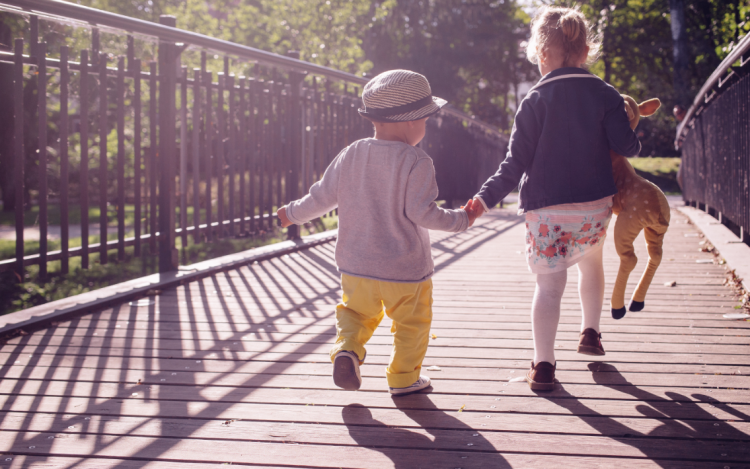Personality rapidly develops during a child’s earliest years; most personality traits are fixed by age 6, which is why social development and positive environments are so important for your growing child.
These social development milestones for preschoolers will help you gauge your child’s progress and identify any potential delays. Every child is different, but there are certain markers that indicate your little one is progressing well and developing the communication skills they’ll need to thrive.
They Share and Take Turns
Between the ages of 3 and 4, children should begin to understand the concept of sharing and taking turns with others. Children will have some setbacks as they begin to understand this; young children must be taught how to share through role modeling and positive reinforcement.
You should not expect any child under 3 to share willingly. At this age, children are more prone to parallel play, which means they play beside other children but not with them. They are focused on themselves and their own needs, so they will not understand why they should give something to someone else when they want it.
Many pre-kindergarten programs help children transition from parallel play to playing with others. There will still be temper tantrums and selectivity, but a toddler should begin to show awareness for others and be willing to take turns and share their possessions.
They Want to Play with Others
Unoccupied and independent play occur during infancy, but a child should naturally want to play with others as they age. If a preschooler does not show any interest in playing with others, there may be an underlying problem.
Around age 3, children have a longer attention span and can understand others around them in new and exciting ways. As a result, they’re eager to play with their peers and get to know others more.
They Express Different Emotions
Young children should display a wide range of emotions from happiness and excitement to sadness and jealousy. These are all healthy and normal feelings that will arise throughout their childhood.
Children with autism spectrum disorder often develop slower than their peers, which means they may display infantile behaviors or seem to be emotionally unresponsive. In reality, they may simply not understand how to describe or express their feelings.
They Are Okay with You Leaving
Separation anxiety starts at around age 6 or 7 months as babies develop a sense of “object permanence.” Your child’s separation anxiety may worsen around age 18 months, but it should not be a major issue by age 2.
If your pre-kindergartener still displays immense fear of being left or cries hysterically when you leave, you should talk to their pediatrician. Children at this age should start to show greater independence and enjoy going off to play with others.
Some children who were not socialized enough as babies or toddlers might have a harder time adjusting to daycare or preschool. This is why outside activities and play groups are great for small children; the more your child socializes with others, the more easily they’ll reach their necessary milestones. Greater socialization also helps you as a parent since you can recognize any delays or oddities that you can report to your child’s doctor and begin to assist.
Addy Reeds is a freelance writer from Eugene, Oregon. She discovered her passion for journalism while attending the University of Oregon. Follow her on Twitter and Facebook: @addyreeds1; https://www.facebook.com/addy.reeds




